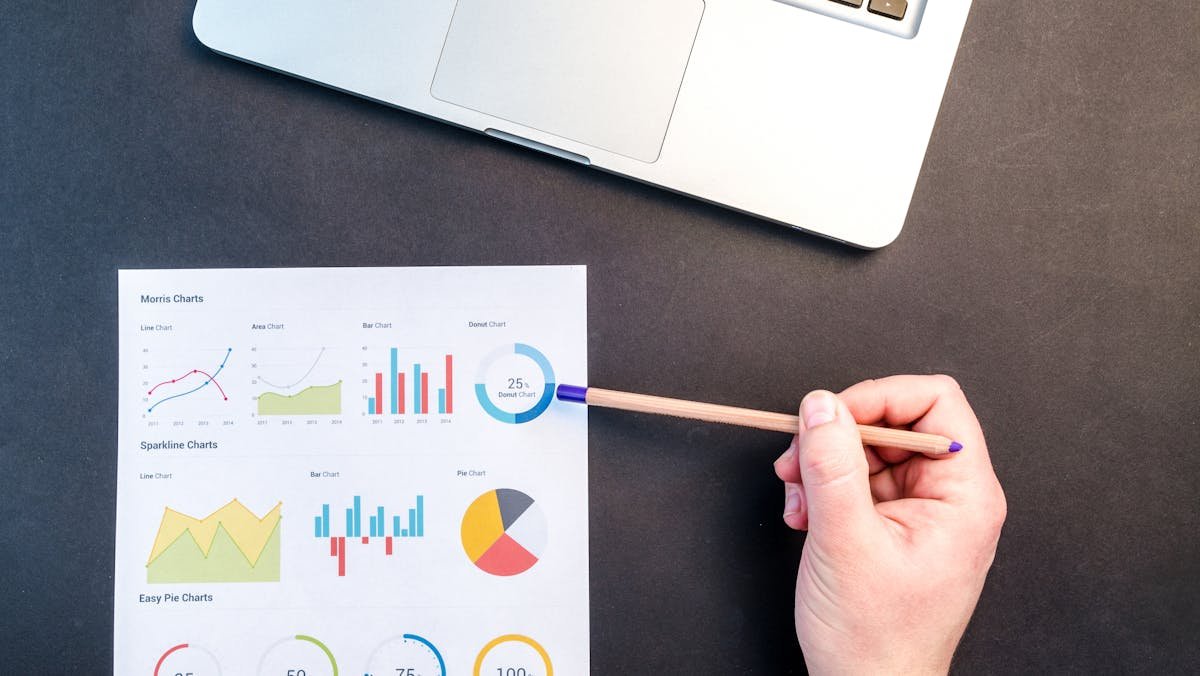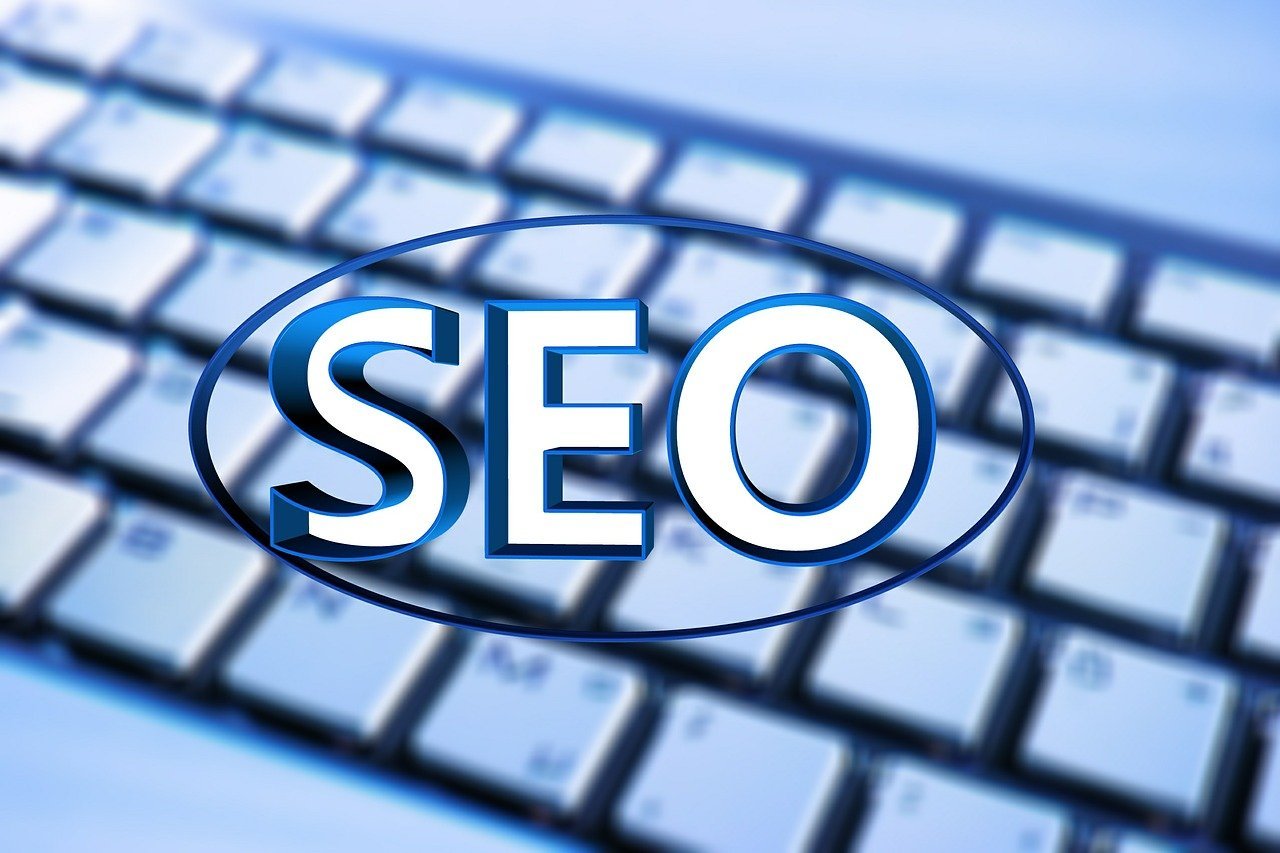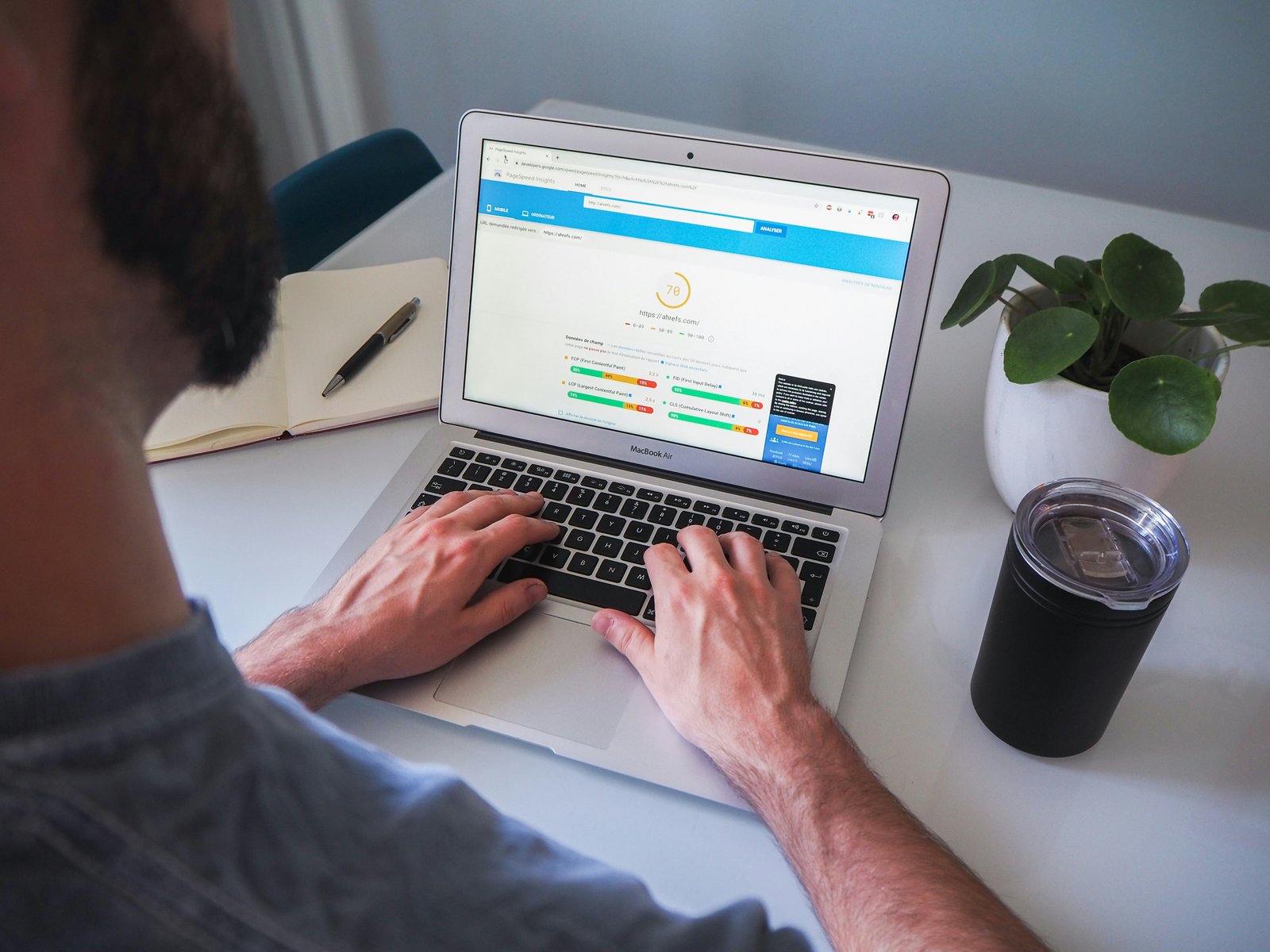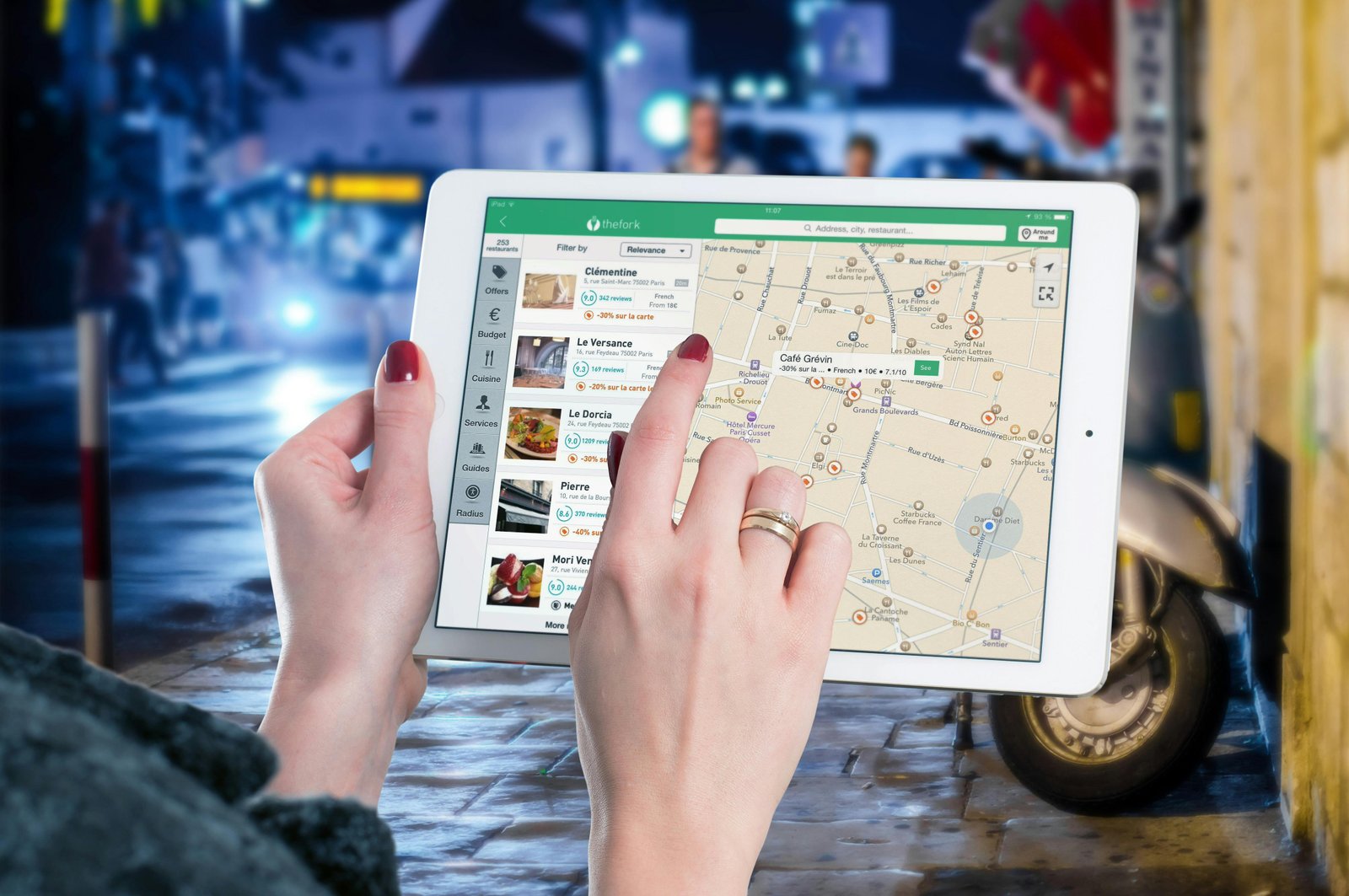
On-Page SEO: The Complete Guide to Optimizing Your Internal Pages for Search Engines
On-Page SEO: The Complete Guide to Optimizing Your Internal Pages for Search Engines
 On-Page SEO: The Complete Guide to Optimizing Your Internal Pages for Search Engines
On-Page SEO: The Complete Guide to Optimizing Your Internal Pages for Search Engines
In the ever-evolving digital landscape, on-page SEO remains a cornerstone of successful online visibility. It's the practice of optimizing individual web pages to rank higher in search engine results pages (SERPs) and earn more relevant organic traffic. This comprehensive guide will walk you through every aspect of on-page optimization, equipping you with the knowledge and tools to improve your website's performance and reach a wider audience.
1. Keyword Research: The Foundation of On-Page SEO
Before optimizing your pages, you need to understand what your target audience is searching for. Keyword research is the process of identifying these search terms and analyzing their search volume, competition, and relevance to your business.
1.1 Identifying Relevant Keywords
- Brainstorming: Start by listing topics related to your business and the products/services you offer.
- Keyword Research Tools: Utilize tools like Google Keyword Planner, Ahrefs, SEMrush, and Moz Keyword Explorer to discover related keywords, analyze search volume, and assess competition.
- Competitor Analysis: Analyze your competitors' websites to identify the keywords they are targeting.
1.2 Analyzing Keyword Metrics
- Search Volume: The average number of monthly searches for a specific keyword.
- Keyword Difficulty: A measure of how challenging it is to rank for a particular keyword.
- Relevance: How closely the keyword aligns with your content and target audience's intent.
2. Content Optimization: Creating High-Quality, Engaging Content
Creating high-quality, engaging, and relevant content is crucial for both users and search engines. Content optimization involves strategically incorporating your target keywords within your content while ensuring it remains natural and readable.
2.1 Title Tag Optimization
The title tag is one of the most important on-page SEO elements. It should be concise, descriptive, and include your primary keyword.
2.2 Meta Description Optimization
The meta description provides a brief summary of your page's content and appears below the title tag in search results. While not a direct ranking factor, a compelling meta description can improve click-through rates.
2.3 Heading Tag Optimization (H1-H6)
Use heading tags (H1-H6) to structure your content and highlight important information. Your H1 tag should typically include your primary keyword, while H2-H6 tags can incorporate related keywords.
2.4 Keyword Placement and Density
Naturally incorporate your target keywords throughout your content, including in the introduction, body paragraphs, and conclusion. Avoid keyword stuffing, as this can negatively impact your rankings.
3. Technical SEO: Ensuring Your Website is Crawlable and Indexable
Technical SEO focuses on optimizing the technical aspects of your website to improve its crawlability and indexability by search engines.
3.1 Website Speed Optimization
A fast-loading website is crucial for user experience and SEO. Optimize images, minimize HTTP requests, and leverage browser caching to improve page load times.
3.2 Mobile-Friendliness
With the majority of searches now happening on mobile devices, ensuring your website is mobile-friendly is essential. Use responsive design to adapt your website to different screen sizes.
3.3 XML Sitemap and Robots.txt
An XML sitemap helps search engines discover and index your pages, while robots.txt instructs search engines which pages to crawl and which to avoid.
3.4 Structured Data Markup
Structured data markup helps search engines understand the context of your content, leading to rich snippets in search results.
4. User Experience (UX): Optimizing for Engagement and Conversions
A positive user experience is crucial for both SEO and business success. Search engines prioritize websites that provide a seamless and engaging experience for their users.
4.1 Website Navigation and Structure
Ensure your website has a clear and intuitive navigation structure, making it easy for users to find the information they need.
4.2 Internal Linking
Internal linking connects relevant pages within your website, improving user navigation and distributing link equity.
4.3 Content Formatting and Readability
Use short paragraphs, bullet points, headings, and images to break up your content and improve readability.
4.4 Call to Action (CTA)
Include clear and compelling calls to action to encourage users to take desired actions, such as making a purchase or subscribing to your newsletter.
5. Image Optimization
Optimizing images is essential for both page speed and accessibility. Use descriptive alt text for all images, compress image files, and choose appropriate file formats.
Conclusion
On-page SEO is a continuous process that requires ongoing effort and attention. By implementing the strategies outlined in this guide, you can significantly improve your website's visibility in search engine results, attract more targeted traffic, and achieve your online marketing goals. Remember to stay updated with the latest SEO best practices and adapt your strategies accordingly. Tools like those available on toolizo.online can assist you in many of these tasks, helping you streamline your workflow and improve your results. Start optimizing today and unlock the full potential of your website!


.jpg)




